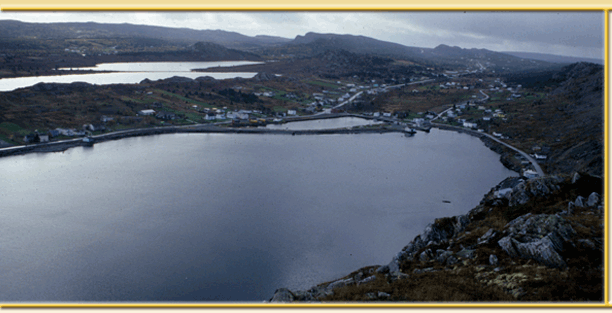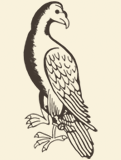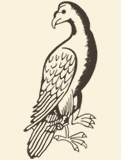| Baccalieu Trail Heritage Corporation |
 | ||||

|
|
|||
 | ||||
 |
|
 |
John Guy to Sir Percival Willoughby, October 6, 1610
"Right worshipful, yt may please you to vnderstand that...the [document torn] day of August, we arrived (God be praised) all in satetie in the bay of Conception, in Newfoundland [in the] harbour here called Cuperres cove... . This harbour is three leagues distance from Colliers bay to the Northeastward and is preferred by me to beginne our plantation before the said Colliers bay for the goodness of the harbour, the fruitfullness of the soyle, the largeness of the trees, and many other reasons...". Middleton Manuscript, Mi x 1/2. University of Nottingham |
 |
||||
 In August 1610 English colonists led by Bristol merchant John Guy arrived at Cupers Cove (Cupids) in Conception Bay, Newfoundland. They were sent by a consortium of London and Bristol merchants, "The Treasurer and the Company of Adventurers and Planters of the City of London and Bristol for the Colony of Plantation in New found land" - more commonly known as the London and Bristol Company or the Newfoundland Company - to establish a permanent English settlement on the Island. The settlement they founded was the first post-Norse European settlement in Newfoundland, the first English settlement in what is now Canada, and one of the first European settlements any where in North America. Upon landing at Cupers Cove Guy's party immediately set to work clearing the land and constructing the plantation. By May of 1611, the thirty-nine colonists who spent the winter had built a dwelling house and store house contained within a 120 ft x 90 ft enclosure, a second dwelling house, a work house and a forge. Two saw pits, at least one of which had "a timber house over it [co]vered with pine bordes", were in operation and a wooden defence works had been erected upon which three cannon were mounted to guard the settlement. Two years later, in the spring of 1613, at least sixteen structures, including a fort, a saw mill, a grist mill and a brew house, stood at Cupers Cove. Much of the land had been cleared, crops were planted and livestock pastured. Sixty-two people spent the winter of 1612-1613 at Cupids during which time there were eight deaths, all apparently from scurvy, and one birth. The latter was a boy born to Nicholas Guy and his wife on 27 March, 1613 - the first English child born in what is now Canada. Images (from left to right, top to bottom) 1. Cupids Harbour from Spectacle Head |
